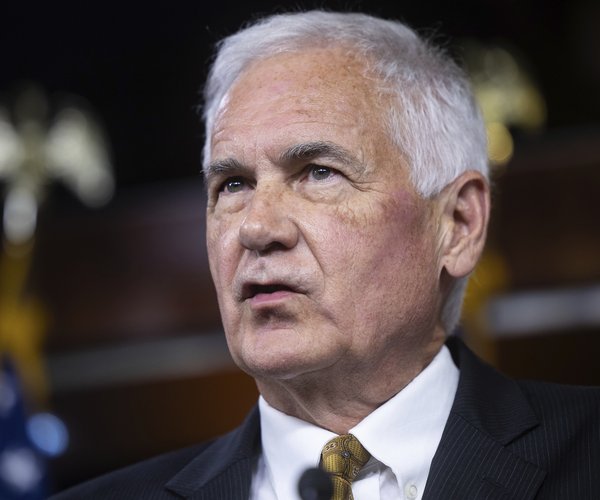If you want to see the future of California fill up your tank with $4.80 per gallon gasoline and take the Golden State autobahn better known as Interstate 5 and head 160 miles south to Kettleman City.
Newsom’s Department of Water Resources minions to poor folks of Kettleman City: Drop dead






